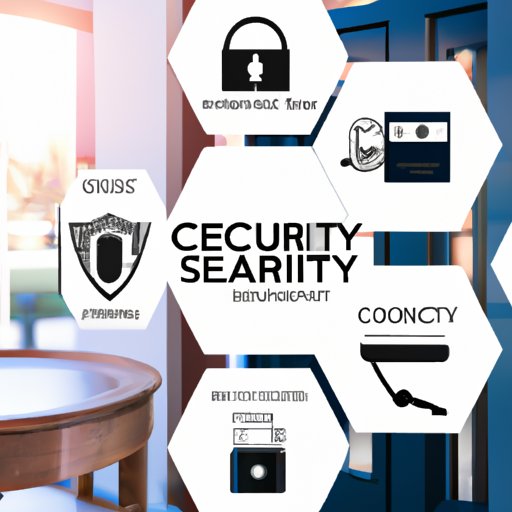Introduction
Care homes provide a safe and secure environment for the elderly and those with disabilities. However, due to the sensitive nature of the information stored in these facilities, they are also vulnerable to security breaches. A security breach is defined as any unauthorized access to confidential information or systems. Such breaches can have serious consequences, including financial losses, identity theft, and reputational damage.

Implementing Strict Access Control Policies
One of the most effective ways to prevent security breaches in care homes is to implement strict access control policies. This includes establishing user authentication protocols, such as requiring strong passwords and multi-factor authentication. It also involves limiting access to sensitive information, such as medical records, to only those who need it. Finally, two-factor authentication should be used whenever possible, which requires users to provide additional verification, such as a one-time code sent via text message.
Regularly Updating Software and Hardware
In order to keep care homes secure, it is important to regularly update software and hardware. This includes keeping all software up-to-date with the latest versions, installing the latest security patches, and replacing outdated hardware. By doing so, care homes can ensure that they are protected against the latest security threats.

Training Staff to Recognize Suspicious Activity
In addition to implementing access control policies and regularly updating software and hardware, care homes should also train their staff to recognize suspicious activity. This includes identifying common signs of suspicious activity, such as unusual logins or changes in user behavior, as well as developing protocols for responding to any suspicious behavior that is detected.
Utilizing Encryption Technology
Encryption technology is another important tool for preventing security breaches in care homes. Encryption is a process that scrambles data, making it unreadable to anyone without a decryption key. By implementing encryption methods, care homes can protect their data from unauthorized access and ensure that only authorized individuals can access the information.

Installing Security Cameras and Monitoring Systems
Finally, care homes should consider installing security cameras and monitoring systems. This will allow them to monitor the premises and identify any suspicious activity. When choosing security cameras and monitoring systems, care homes should ensure that they are suitable for their particular needs, as not all systems are created equal.
Conclusion
Security breaches in care homes can have serious consequences, but by implementing effective strategies, such as establishing access control policies, regularly updating software and hardware, training staff to recognize suspicious activity, utilizing encryption technology, and installing security cameras and monitoring systems, these risks can be minimized. By taking the necessary steps to protect their information and systems, care homes can ensure that their residents remain safe and secure.
(Note: Is this article not meeting your expectations? Do you have knowledge or insights to share? Unlock new opportunities and expand your reach by joining our authors team. Click Registration to join us and share your expertise with our readers.)
